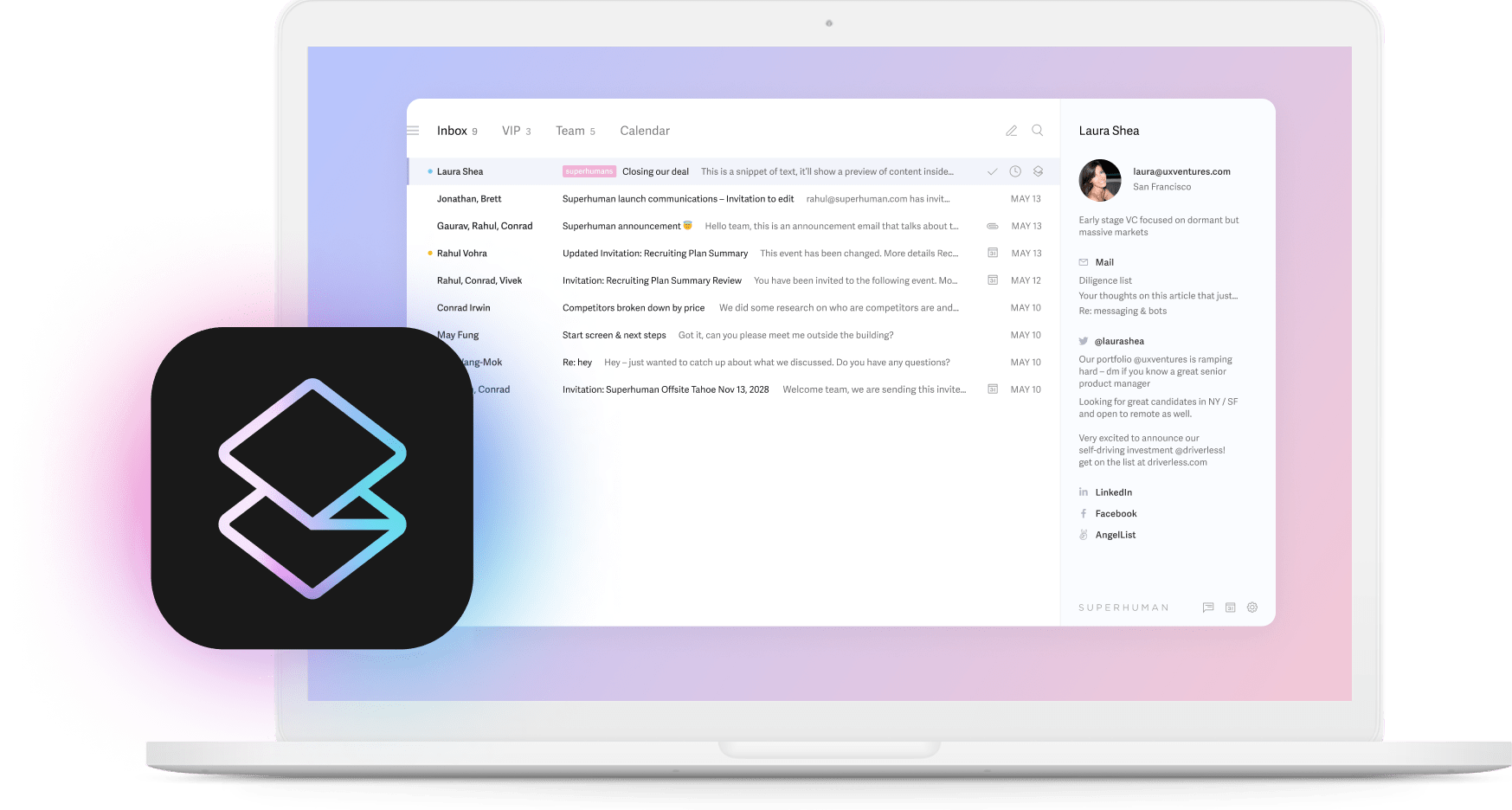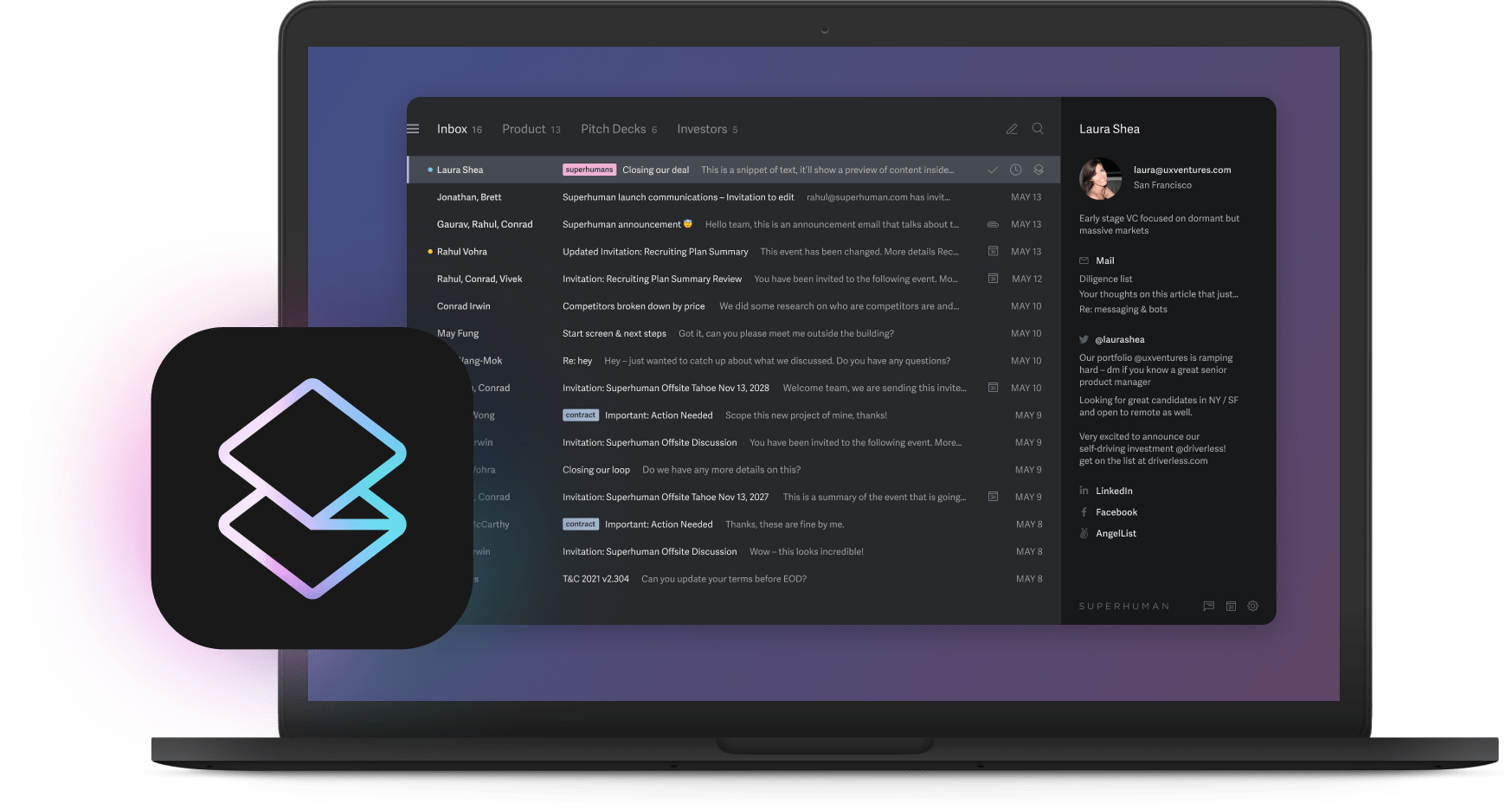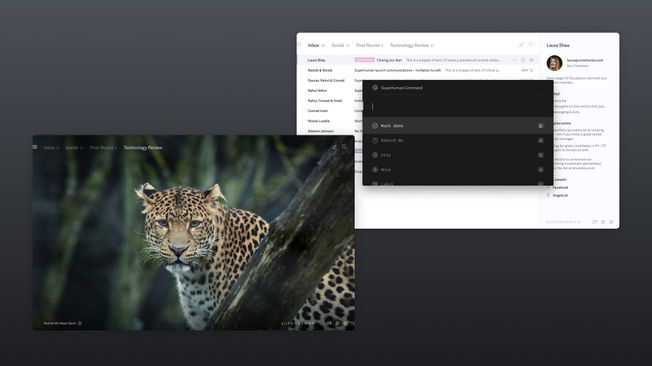
A fintech company spent $5 million and six months on AI strategy. They got 400 PowerPoint slides. Their competitor spent $175K and 48 hours. They got working code that's now processing 10,000 transactions daily.
The difference? One hired consultants. The other ran a sprint.
Right now, 68% of C-suite leaders say AI adoption is tearing their companies apart. Not because AI is hard, but because traditional consulting makes it harder. While you're in meeting seven about meeting six, discussing requirements for requirements, your competitors are shipping their third implementation.
The 48-hour sprint fixes this. Nine executive hours, one working pilot, and you're in production before consultants finish their discovery phase.
Why traditional AI consulting is bleeding you dry
Look at what you're actually buying with that $5 million consulting engagement. You get 223 hours of meetings that could have been emails. You get frameworks and methodologies that sound impressive but don't ship code. You get alignment sessions that create more questions than answers.
The data exposes this disaster. 94% of executives are unhappy with their current AI solutions. 89% say their company doesn't even have a clear AI strategy. After all that money and time, you're worse off than when you started.
Traditional consulting rewards the wrong behavior at every level. Hourly billing means dragging out timelines pays better than shipping fast. More stakeholders means more billable discovery sessions. Scope creep means contract extensions. The incentives are completely backwards if you actually want something built.
Think about what happens in a typical engagement. Month one is discovery. Month two is analysis. Month three is strategy development. Month four is stakeholder alignment. Month five is vendor selection. Month six is pilot planning. By the time you're ready to build, your market has shifted, your requirements are outdated, and your competition has lapped you twice.
The 48-hour sprint flips this model completely. You compress six months into two days. You replace analysis with building. You swap alignment meetings for user feedback. Most importantly, you trade PowerPoint for production code.
The 48-hour sprint: Your complete playbook
Forget everything you know about traditional project management. The 48-hour sprint operates on different physics. Here's exactly how it works.
Hour 0-4: The brutal audit Three people, one room, zero fluff. You need the executive who writes checks, the data person who knows where everything lives, and the operator who deals with the problem daily. Spend 30 minutes listing money-bleeding problems. Use 60 minutes attaching real dollar amounts. Take 45 minutes finding the data that proves it. Final 45 minutes picking one problem and describing it in a paragraph your CFO would understand.
Hour 5-12: Speed dating Three vendors, seven hours, real data. Each vendor gets two hours to prove they can solve your actual problem with your actual data. No generic demos. No promises about roadmaps. Either they can show value right now or you move to the next vendor. By hour twelve, you have evidence, pricing, and timelines. No RFPs, no procurement theater, just proof.
Hour 13-24: Reality test Stop talking, start building. Connect APIs, build dashboards, create workflows. Get ten real users on the system before midnight. Not prototypes, not mockups, actual working software that solves the problem you identified. Freeze features at hour fourteen. After that, no additions, only refinements.
Hour 25-36: Stress test Break everything. Run real transactions while skeptics watch. Test edge cases, garbage data, simultaneous users, system failures. Stream metrics to a live dashboard showing errors caught, time saved, guardrails triggered. Document every failure transparently. If it survives your worst users on their worst day, it'll survive production.
Hour 37-48: Go/No-go Two hours, one decision. Show KPIs, demo results, present costs. Three questions determine everything. Does it work for real users? Does it save real money? Can it scale with current systems? If yes to all three, green light. Otherwise, kill it or iterate. One person makes the call, not a committee.
Why speed beats strategy every time
Traditional thinking says you need perfect requirements before you build. That thinking is why 89% of companies lack clear AI strategies despite years of planning. Speed reveals truth that planning obscures.
When you compress timelines, you compress decision-making. There's no time for political maneuvering when the clock is ticking. There's no room for scope creep when you only have 48 hours. There's no analysis paralysis when users are waiting for a solution.
Speed also compounds learning. While traditional approaches spend months discovering requirements, sprints generate real user feedback in days. Each iteration teaches you something documentation never could. Failed sprints provide more value than successful PowerPoints because they show you what doesn't work before you've invested millions.
Companies with clear AI strategies report 80% success rates versus 37% for those without. But here's what they don't tell you. The clarity doesn't come from planning. It comes from shipping. Every sprint crystallizes strategy because it forces choices. Every deployment teaches you what actually matters versus what sounds good in meetings.
The economics make this a no-brainer
Let's talk real numbers. Traditional consulting costs $5 million and takes six months to maybe deliver recommendations. The 48-hour sprint costs $175K and definitely delivers working code. But the real economics go deeper.
B2B professionals using AI save one full workday weekly. That's 50 days per year per person. Scale that across a 100-person team and you've created 5,000 additional productive days without hiring anyone. At average knowledge worker salaries, that's millions in captured value.
Industry-leading companies are 38% more likely to use advanced productivity tools and 3x more likely to report significant AI productivity gains. They're not smarter than you. They just ship faster than you.
The opportunity cost of delay is staggering. Every week spent planning is a week competitors spend learning. Every month in committee is a month they're improving. Every quarter strategizing is a quarter they're scaling. The gap widens exponentially.
Superhuman customers using AI save 37% more time than those who don't. They respond to twice as many emails and reply 1 day faster. These aren't theoretical projections. These are measured results from actual usage.
Your three biggest objections, handled
Every executive considering the 48-hour sprint raises the same three concerns. Here's exactly how to address them with data, not arguments.
"This is reckless" Show them your stress test metrics. Latency under load, error rates, security flags, audit trails. Reckless work doesn't survive this scrutiny. In fact, compressed timelines often produce more robust solutions because there's no time for unnecessary complexity. Simple solutions are harder to break.
"We need stakeholder buy-in" Ten real users actually used the pilot and came back for more. That's more validation than most projects get after months of planning. Actual adoption beats theoretical approval every time. Plus, 72% of executives say work sits trapped in silos anyway. The sprint breaks those silos by necessity.
"Legal will never approve" Hand them the risk log with data residency, permission scopes, and human override procedures documented. Legal departments don't want to block progress. They want proof of process. The sprint gives them both in 48 hours instead of 48 weeks.
The multiplier effect: What happens after sprint one
Success in the first sprint creates momentum for the second. The second sprint happens faster because you've learned the rhythm. The third sprint attracts volunteers because word spreads about results.
Build a 48-hour guild. A cross-functional team that runs monthly sprints against your highest-value problems. Keep a ranked backlog of opportunities. Let different departments sponsor sprints. Watch as your organization transforms from a planning culture to a shipping culture.
Top-performing companies are 3x more likely to report significant productivity gains from AI. Not because they have better strategies, but because they run more experiments. Each sprint is an experiment. Each experiment generates learning. Each learning improves the next sprint.
The compound effect is remarkable. Teams that run monthly sprints for a year ship twelve times more than teams in annual planning cycles. They also learn twelve times faster, fail twelve times cheaper, and succeed twelve times more often.
What kills sprints (and how to prevent it)
Perfectionism is the top killer. Teams debate optimal solutions while competitors ship good-enough ones. Fix this by time-boxing every decision to 15 minutes. When time expires, decide and move forward.
Consensus hunting turns two-person decisions into twelve-person committees. Define decision rights before the sprint starts. Product owner decides features. Tech lead decides architecture. Sponsor decides budget. Everyone else provides input, not votes.
Scope creep happens when everyone adds "just one more feature." After hour 14, feature freeze is non-negotiable. New ideas go in the backlog for the next sprint.
Change fatigue assumes this is another initiative that will fade. Combat it by shipping something real in 48 hours. Working code beats skepticism every time.
Resource hoarding kills speed when departments won't share data or tools. The 48-hour deadline breaks these walls. When time is scarce, collaboration becomes mandatory.
Accept the invite or accept defeat
Right now, while you're reading this, your competitors are shipping. While you're planning your planning meetings, they're getting customer feedback. While you're aligning stakeholders, they're capturing market share.
59% of executives are actively hunting for jobs at faster-moving companies. Your best people see what's happening. They know the difference between companies that ship and companies that plan. They're choosing accordingly.
Organizations with clear strategies see twice the revenue growth of those without. But clarity doesn't come from strategy documents. It comes from shipping products. Every sprint makes your strategy clearer because it forces real choices with real consequences.
Cancel next week's strategy session. Clear 48 hours from your calendar. Book your sprint today.
In two days, you'll have a working prototype, actual user feedback, and clear next steps. That's what investors recognize as progress. That's what customers experience as value. That's what talent sees as momentum.
The choice is binary. Run a sprint or run in place. Ship code or ship PowerPoints. Accept the invite or accept defeat.
There's no middle ground anymore.





